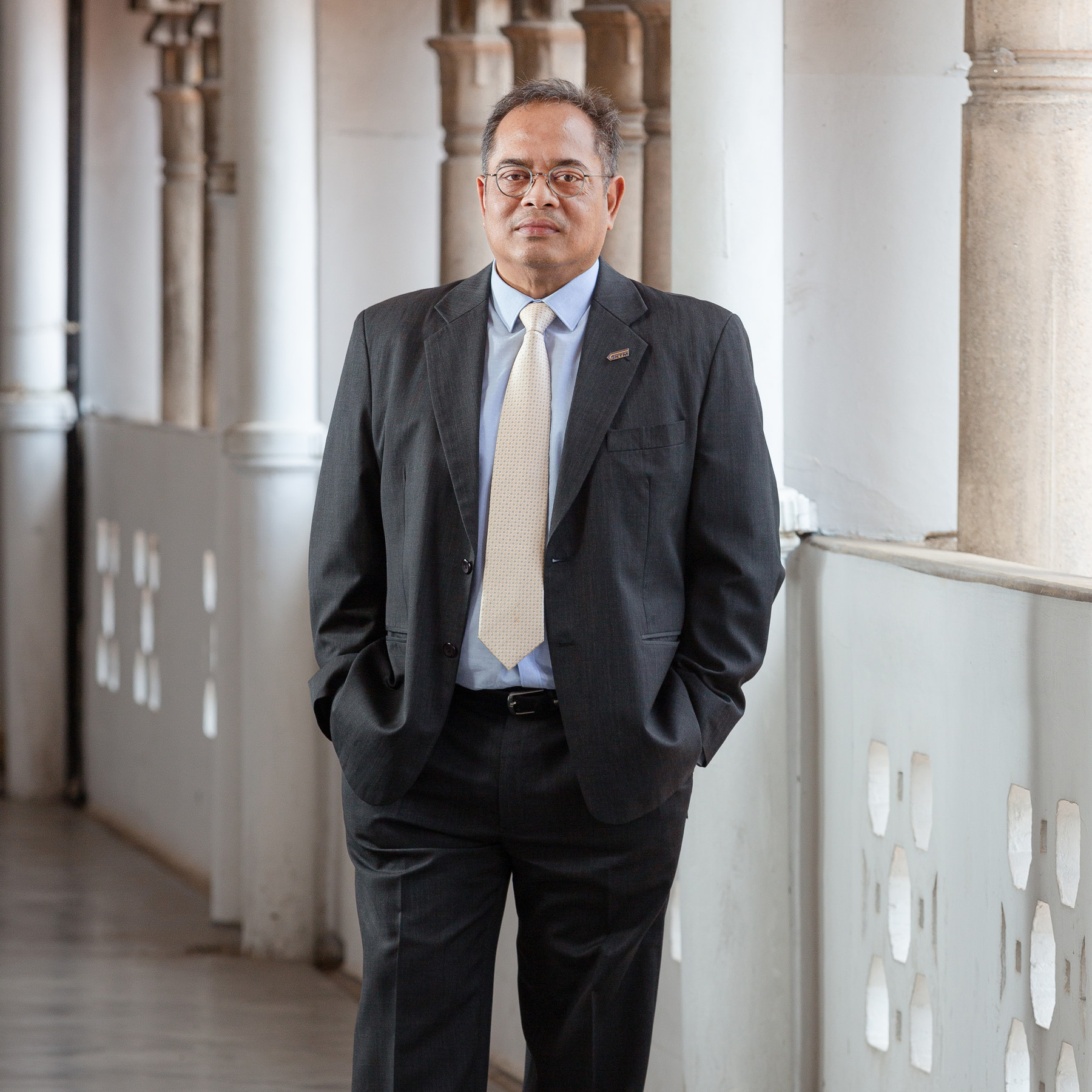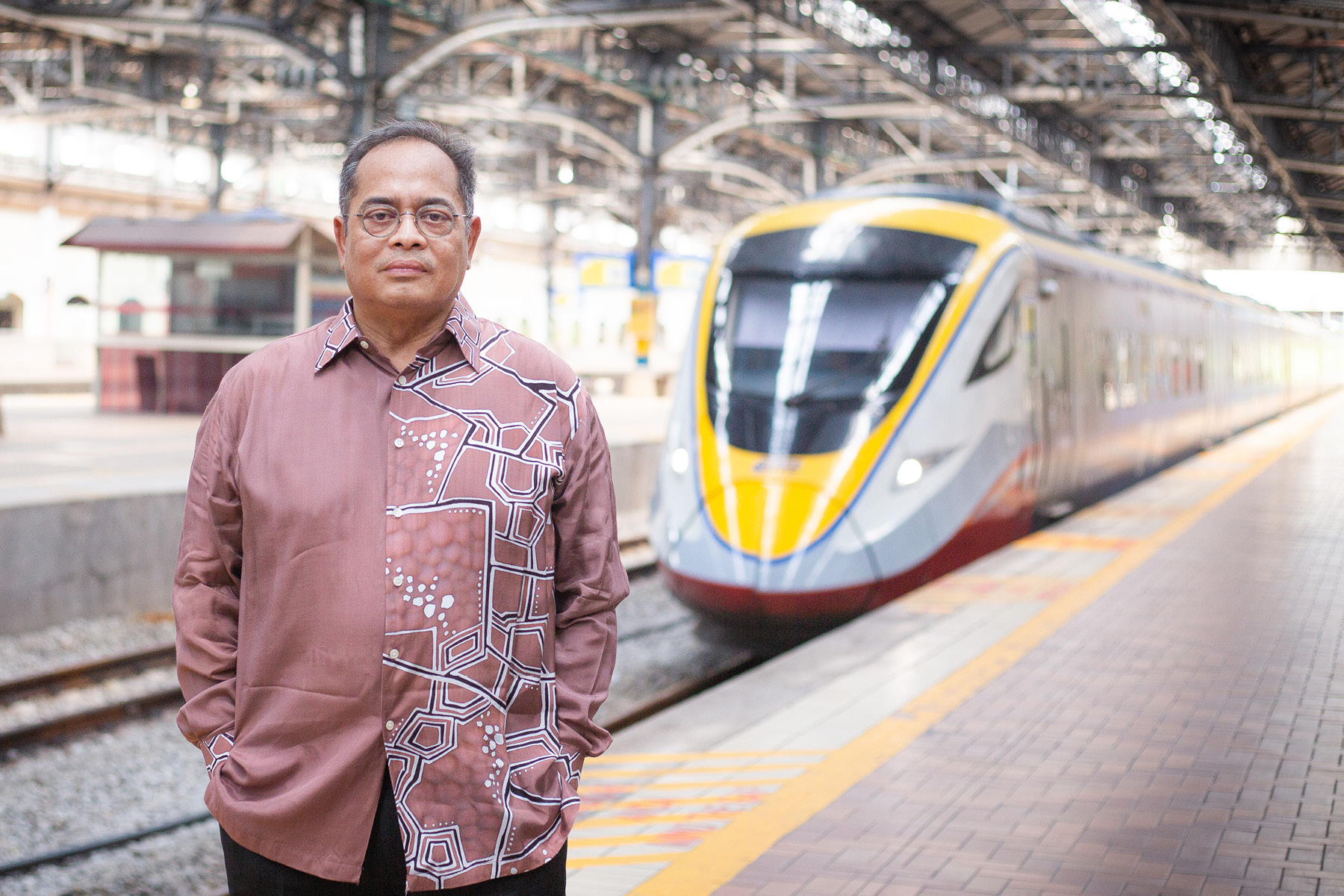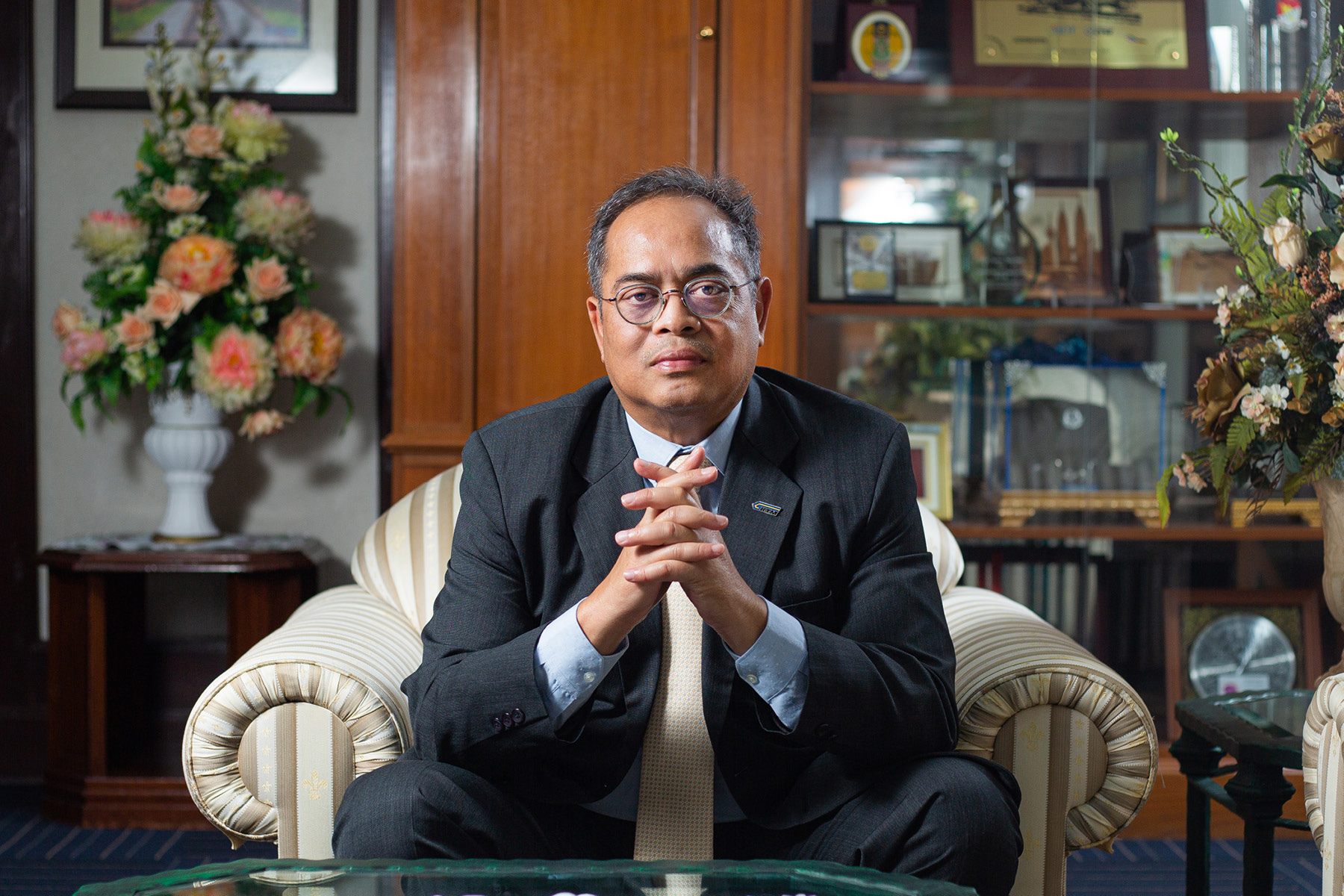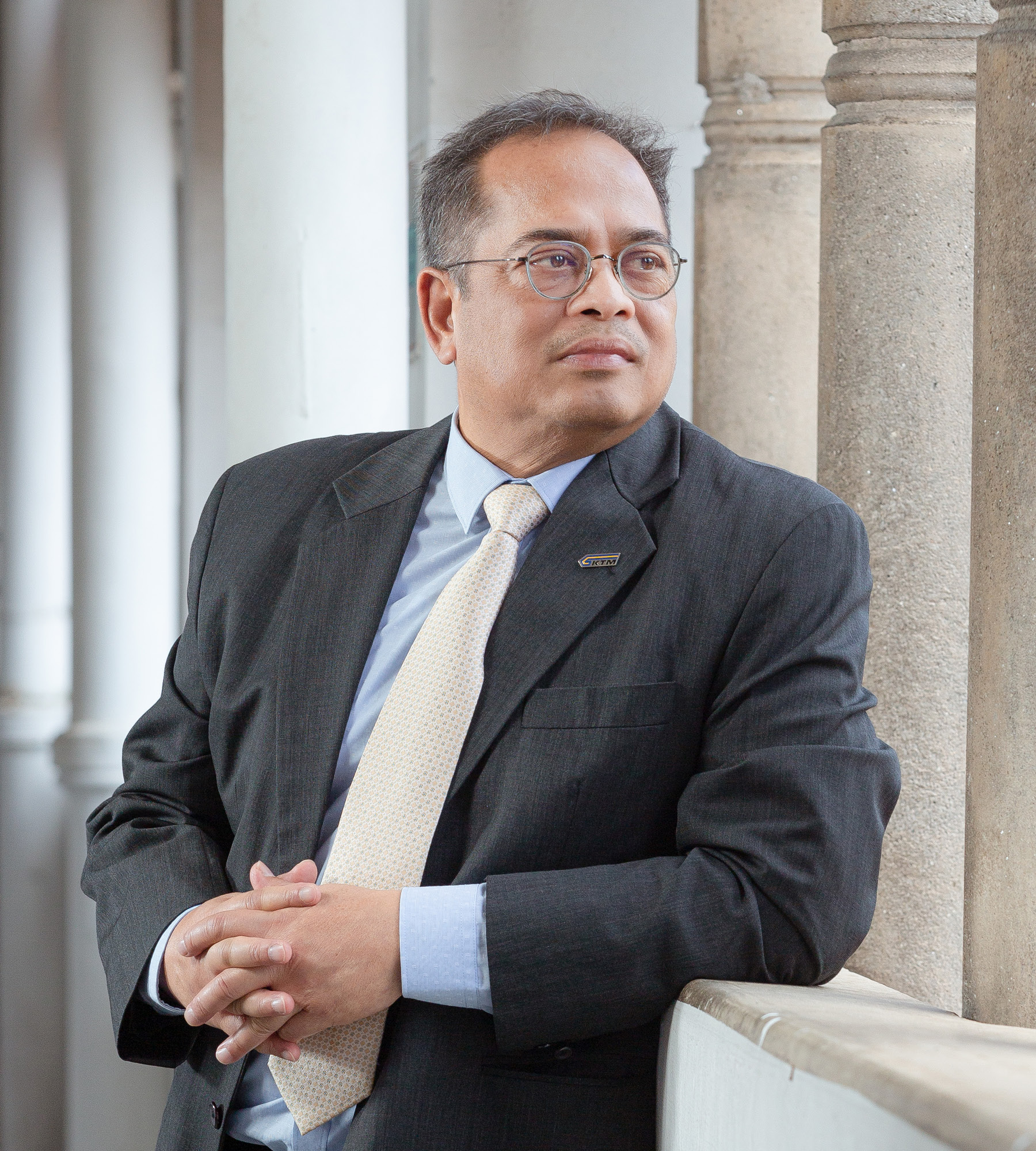Language
You can read the magazine in one of the following languages
Once an essential way to cover long distances, continental train journeys have been pushed to the boundary of pleasure travel by modern conveniences such as planes and cars.
A gentle reminder of rail’s greatness was what Keretapi Tanah Melayu Berhad (KTMB) had in mind when it commissioned Malaysia’s new Tourism Heritage Steam Locomotive Train, in partnership with Great Leisure.
The new train will initially follow the popular tourist line between Kuala Lumpur and Butterworth, renowned for its natural beauty, with further destinations to be added in the future.

“We have very good road networks, and being a small country, that’s enough to meet transportation and movement needs.”
It’s all a part of the plan for KTMB, peninsular Malaysia’s leading rail operator, to increase the mode of transport’s stature in what has traditionally been car territory.
“There’s an understanding that Malaysia is really not a railway country,” says Mohamed Suhaimi Yaacob, KTMB’s Chief Corporate Officer. “We have very good road networks, and being a small country, that’s enough to meet transportation and movement needs.”
But KTMB’s new long-term plan, aimed at optimizing rail’s presence in support of local logistics, hopes to go beyond the country’s borders.
“Cross-border rail is a focus of ours in the years to come,” he says. “All the way up, across and through Thailand, and possibly entering South China.”
With China’s Belt and Road Initiative picking up serious steam in recent times, Malaysia has been forced to re-examine its own involvement in the program. “We have to expedite our initiatives in order to match the programs our neighbors are developing,” Yaacob says.
“Obviously with rail, the longer the distance, the more economical it becomes, and as the pandemic’s effects continue to wane, we’re seeing passengers coming back to public transport. The time is right.”
To take that next step means strengthening KTMB’s core business, which has conventionally been the basic running of rail.
“We’ve taken digitalization to its optimum,” Yaacob says. “From maintenance and operations to open payment for ticketing to social media and user interaction, it’s allowed us to move one step ahead.”
Making rail travel easier for travelers is only one part of the challenge, however. Making it cheaper means encouraging competition.
“Right now, KTMB is a single operator on this mainline rail network. We have a monopoly. The Malaysian government’s intention is, by 2030, to introduce a multi-operator environment,” Yaacob says.

“With rail, the longer the distance, the more economical it becomes.”
“This means opening another line that will open Malaysia to its neighbors, connecting to Singapore, Thailand, Myanmar, Cambodia, Vietnam and even through Laos and into China.”
Such a span of track would be conducive to the kind of multi-operator environment that exists in Europe, he says, where rail networks are owned by entities of their own, and railway operators pay to access certain lines.
“Once we do that, I think the benefits to the public will increase tremendously,” he says. “They’d have much more choice. At the same time, we’d be able to move not just people, but freight, which is where even greater profits lie.”
Preventing this growth, according to Yaacob, is a dearth of talent in the industry, as young Malaysians leave their homes to work in the Middle East or Europe.
“We keep a close eye on technical graduates we can put through our rail academy, so we’ll be focusing on developing that academy as student numbers grow,” he says.
Ultimately, KTMB hopes to use these assets and developments to become an organization that’s not only aware of the role it plays in Malaysian society, but also the roles required within its walls.
“It comes down to the people you have. We are about 5,600 strong, but we’re not top-heavy. We can’t afford to be,” he says. “It’s important our management is hands-on, so most of our people are on the ground.”

“We have a close relationship with every single entity that makes up the supply chain.”
KTMB also relies on its network of partners to survive.
“We have a close relationship with every single entity that makes up the supply chain,” he says. “Whether it’s Petronas or Tenaga Nasional, Binachuan or Padu Sedia, Hitachi Rail STS Malaysia or SMH Rail, Majestic Engineering or DOM Industries – or even foreign companies such as CRRC, Hyundai Rotem or Alstom – it has to be more than purely a contract with our providers, and that’s a relationship we try to craft from day one.”
While passengers will no doubt delight in the retro-style steam train trip through Malaysia’s picturesque countryside, KTMB is busy making even greater journeys possible.
“As every sector scrambles toward net zero, railways need to move fast to benefit from the move from road to rail,” Yaacob says. “Concurrently, we need to make our own plans to reach a destination in that regard, and leave behind the conventions we’re used to. Once we increase the business, we can increase the margins of the business.”

